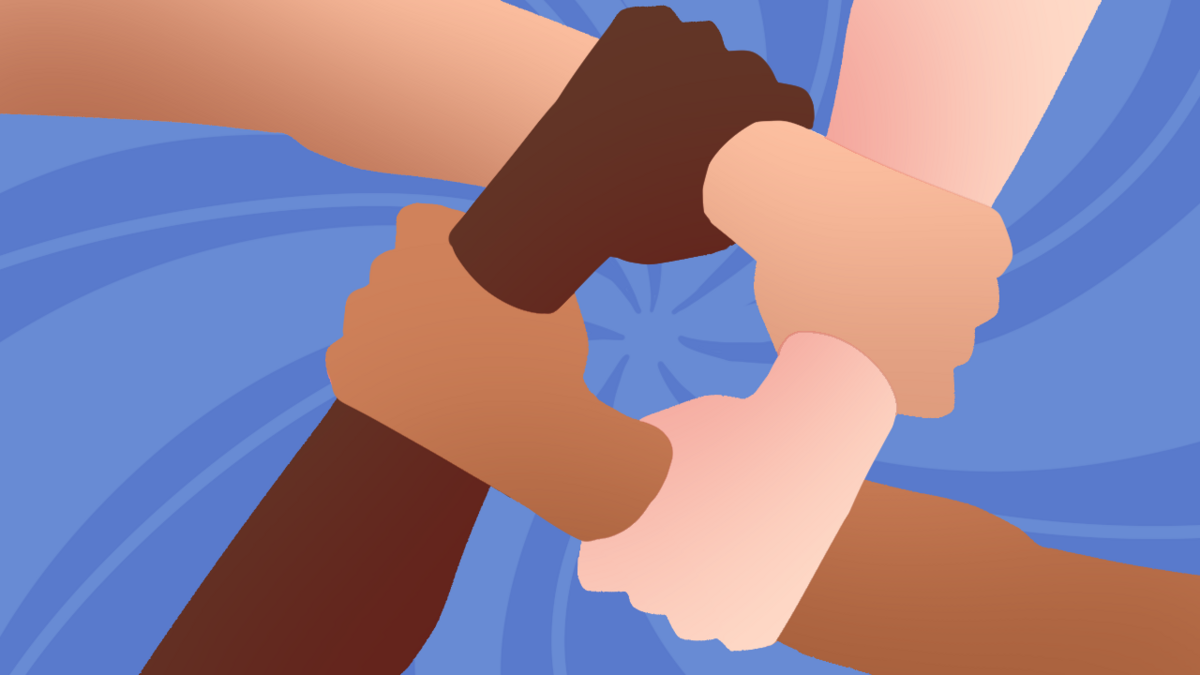Research and recommendations for effective, day-to-day nonprofit practice from ASU faculty, staff, students, and the nonprofit and philanthropic community.

For all of us compassionate and caring people, especially in our lovely non-profit sector, we know too well how exhausting it can feel to offer and hold emotional support for others. It’s not that it makes you any less worthy to do this work, it is to be expected that we will reach a capacity where things need to be adjusted. This is when our mind, body and spirit start communicating essential feedback, meaning that it is a good time to increase some needed self-care in our lifestyle.
Here are some very uniquely mindful things to consider:
It’s Time to Regulate
Yes, that’s right, allowing your emotions to get the best of you does involve the feelings you tuck away and store in places not touched or seen by light. This comes out of us when we’re sitting in traffic, yelling at cars when no one within a mile in front or back of us can move. Feelings can still be expressed even when we ignore them. When something is frustrating you, it is actually healthy to understand what it is and where it is coming from. Now, hear me clearly, I am saying that feeling is good. It means you’re alive. Emotions are meant to be felt; that’s their function. However, unwanted feelings also have their function; they’re unwanted. Therefore, they must be dealt with, preferably in a healthy way like acknowledging them through mindful awareness. This means that when you feel something in your body that isn’t quite right, be honest with yourself…

Artificial intelligence (AI) has been a potent driver for change in several industries in recent years, and the nonprofit sector is no different.
According to Unite.ai, only 28% of firms genuinely use AI, although 89% of them think it would boost productivity.
AI has a huge potential impact on nonprofits; in order to properly use this technology, organizations must negotiate the benefits and problems it presents.
Key benefits of AI for nonprofits
Positively, AI has the power to completely transform the way organizations function and carry out their missions. One notable benefit is data analytics, where AI systems are able to examine enormous volumes of data in order to find trends, patterns and insights.
By utilizing this potential, nonprofits can improve their decision-making procedures and more effectively and efficiently distribute resources.
…
Read more

Environmental and social justice issues are at the forefront of minds across the country. 2023 research found that two-thirds of adults agreed that corporations and businesses do too little to reduce the effects of climate change. Similarly, over half of consumers wanted brands to take a stance on social justice issues in 2020. As environmental and social concerns remain a pressing issue in society, nonprofits are left to fill gaps left by the failings of governments, corporations, and individuals alike.
Of the over 20,000 tax-exempt organizations in Arizona in 2018, more than 200 classified themselves as environmental organizations. Even more could be considered “social justice” organizations, with classifications varying from community improvement to societal benefit. With hundreds of organizations hoping to tackle these issues in Arizona alone, nonprofits have a clear role to play in the fight for environmental and…
Read more

Recruiting and retaining nonprofit staff and leaders from marginalized and underrepresented backgrounds is critical to the success of the nonprofit sector. The sector is known for its ability to promote equity and social cohesion and the recruitment and retention of diverse staff is integral to maintaining that purpose. Though establishing and expanding Diversity, Equity, and Inclusion (DEI) initiatives is not unique to the nonprofit sector, it is in a unique position to utilize DEI practices and set the stage for a societal shift in the way social issues are addressed and how power is distributed. This work must start internally for the voluntary sector to lead by example, especially since there remains a gap in the representation of nonprofit beneficiaries and those from marginalized communities among nonprofit staff and leadership teams.
Recruiting and retaining a diverse staff is not only an imperative but is inevitable. The U.S. 2020 census data shows a greater representation of different racial and ethnic groups than the last census (U.S. Census Bureau, 2021). Thus, the nonprofit sector needs to be prepared to adequately meet the needs of a more diverse workforce both for the contentment and fulfillment of individuals as well as organizational performance. Utilizing effective recruitment and retention strategies for diverse teams can increase a nonprofit’s financial performance, capacity to innovate,…
Read more

America’s workplaces are changing and the nonprofit sector is no exception.
A June 2023 report revealed that 42% of workers actively plan to or already have left their jobs this year. Similarly, reports estimated in 2020 estimated that 45% of nonprofit employees would seek a new position in the following five years. Throughout a variety of surveys and studies sharing similar data, one factor in work dissatisfaction remains consistent: bad leadership.
Nonprofit employees are looking to change the way that they work and they are willing to make great sacrifices to do it. Throughout the sector, staff members are…
Read more